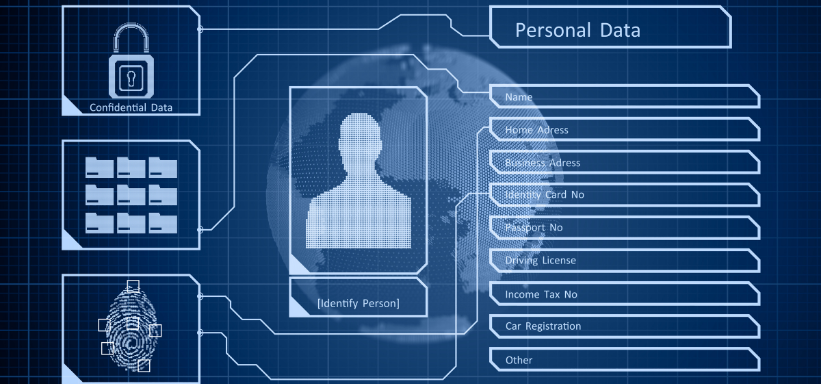Executive Summary
-
Biometric technologies are revolutionizing fintech cybersecurity by offering enhanced security and user convenience.
-
Key innovations include fingerprint recognition, facial recognition, and voice recognition.
-
Despite the benefits, biometric systems face challenges such as data privacy concerns and technical limitations.
-
Understanding these technologies can help fintech companies adopt better security measures.
-
Explore how leading fintech firms are implementing biometric solutions to safeguard transactions.
Introduction
In the rapidly evolving world of financial technology, security remains a paramount concern. As digital transactions become the norm, fintech companies must find innovative ways to protect sensitive information. Biometric technology is emerging as a crucial solution, offering both enhanced security and seamless user experiences. This article delves into the latest biometric innovations securing fintech transactions and what this means for businesses and consumers alike.
Definitions / Context
Biometric technology refers to the automated recognition of individuals based on their physiological or behavioral characteristics. In the context of fintech, it includes:
-
Fingerprint Recognition: Scanning fingerprints to authenticate users.
-
Facial Recognition: Using facial features to verify identities.
-
Voice Recognition: Analyzing voice patterns for user authentication.
These technologies are becoming critical in countering fraud and improving user trust in financial transactions.
Benefits / Pros
-
Enhanced Security
Biometrics offer a higher level of security compared to traditional passwords, as they are unique to each individual. -
User Convenience
Quick and easy authentication without the need to remember complex passwords. -
Fraud Reduction
Decreases the risk of identity theft and unauthorized access. -
Seamless Integration
Can be easily integrated into mobile apps and online platforms.
Risks / Cons / Challenges
-
Data Privacy Concerns
Biometric data is sensitive, and its misuse can lead to serious privacy breaches. -
Technical Limitations
Issues such as poor lighting or background noise can affect the accuracy of biometric systems. -
High Initial Costs
Implementing biometric systems can be expensive, especially for small fintech startups.
How to Implement Biometric Security
-
Assessment
Evaluate the specific security needs of your fintech service. -
Selection
Choose the appropriate biometric technology (e.g., fingerprint, facial, or voice recognition). -
Integration
Work with technology providers to integrate biometric systems into your existing platforms. -
Testing
Conduct thorough testing to ensure reliability and user acceptance. -
Deployment
Roll out the system to users, ensuring clear communication and support.
FinTech Firm X, a leading digital bank, successfully integrated fingerprint recognition to secure their mobile banking app. This innovation led to a 30% reduction in fraudulent activities and enhanced customer satisfaction through improved ease of use. Their proactive approach serves as a model for other fintech companies aiming to bolster transaction security.
Case Study: FinTech Firm X
Expert Tips / Strategic Insights
-
Epiidosis recommends: Regularly updating biometric systems and protocols to address evolving cybersecurity threats.
-
Educate users on the importance of biometric security and how to use these features effectively.
-
Stay informed on regulatory updates related to biometric data protection and compliance.
Tools / Resources / Calculators
-
Biometric Integration Checklists
Ensure all aspects of implementation are covered. -
Data Protection Guidelines
Resources on maintaining compliance with data privacy laws. -
Biometric System Providers
List of reputable companies offering biometric solutions.
Conclusion
Biometric innovations are shaping the future of fintech security by providing robust protection and enhancing user experience. Understanding these technologies and their implementation can significantly mitigate risks associated with digital transactions. Fintech companies should consider these advancements to stay ahead in the competitive market.























